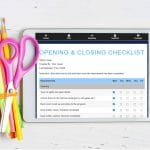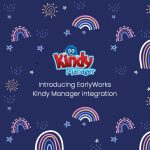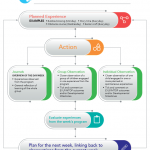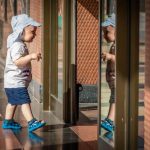Sharing your daily routine with families in EarlyWorks
To comply with the National Quality Standard, families need to be informed about the Program (QA1.3.3) and an important part of the Program is the daily routine: those things that happen on a regular basis but may not be added as planned activities or experiences. For example, lunch time, rest time, or arriving in the morning.
Here is a simple way to add the Daily Routine to EarlyWorks.
- Add a new program and call it Daily Routine.
- If you have the same routine every day, you just need to add one Experience to the Daily Routine Program, and simply call it Daily Routine.
- If you have a different routine each day, add five Experiences to the Daily Routine Program:
- Monday’s Routine
- Tuesday’s Routine
- Wednesday’s Routine
- Thursday’s Routine
- Friday’s Routine
- Create a Word document and create a table for each Daily Routine.
- Cut and paste this table into the Narrative of the Experience in EarlyWorks and complete the rest of the Experience (Preceding Observations, Children Planned For, Intended Outcomes, Resources, and QIP Evidence). For Preceding Observations, you might select ‘non-program related’ and click on ‘Educator Initiated – Intentional Teaching’.
Monday’s Routine
| Time | Description |
| 7.00am | Children arrive Children will be offered breakfast (see Daily Communications for Menu) Description of activities offered during arrival time… |
| 7.45am | Children come to the Kindy room: Self-directed play in indoor space |
| 8.45am | Outdoor play Description of activities offered during outdoor play |
| 9.30am | Yoga Description of what happens during kindy yoga |
| 10.15am | Morning tea Children wash their hands Children choose where they would like to sit for morning tea Morning tea is served (see Daily Communications for Menu) The table would include the whole day’s routine… |
- When you view the Daily Routine Program, you will see that the table appears in full in the ‘Details’ column. (You may have to experiment with the dimensions of the table in the Word document until you are happy with the way it appears in the Program.)
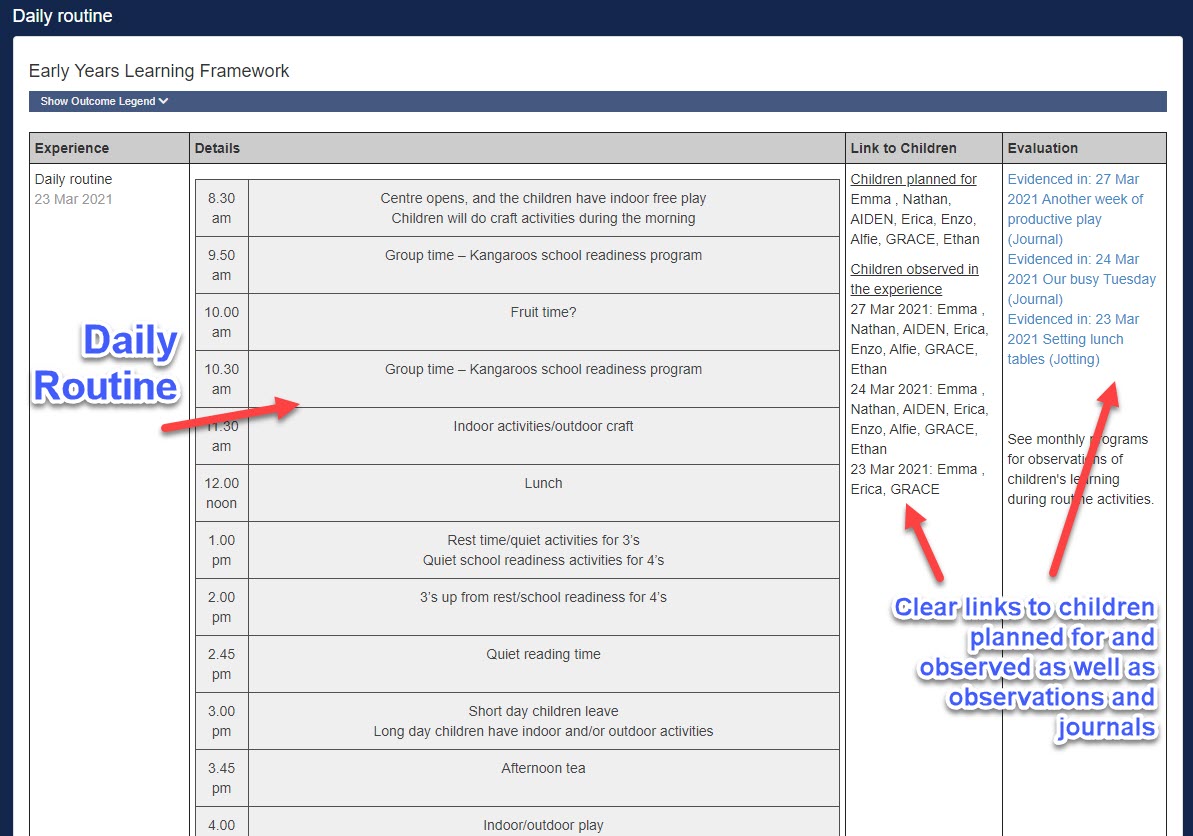
Once you have added your daily routine as an experience, you will be able to link observations to the Daily Routine experience. If for example, you are creating an individual observation, and you notice that the child is becoming engaged in conversation with other children during morning tea time, you might link the Daily Routine to that observation as one of the experiences observed. This also provides evidence of QA 1.1.3 “All aspects of the program, including routines, are organised in ways that maximise opportunities for each child’s learning.”
Most importantly, making the Daily Routine accessible to families, will support families in preparing children for what to expect each day. As is pointed out in ACECQA’s ‘Planning Effective Transitions for Children’ resource: “When children know what to expect they are better prepared for change and may be less afraid of the unknown.”



